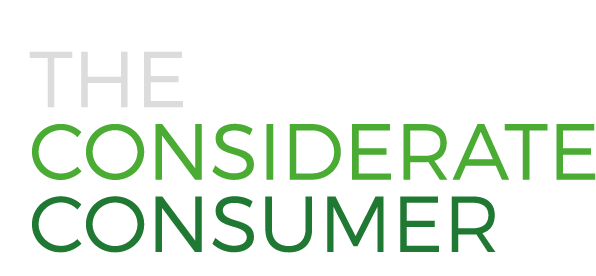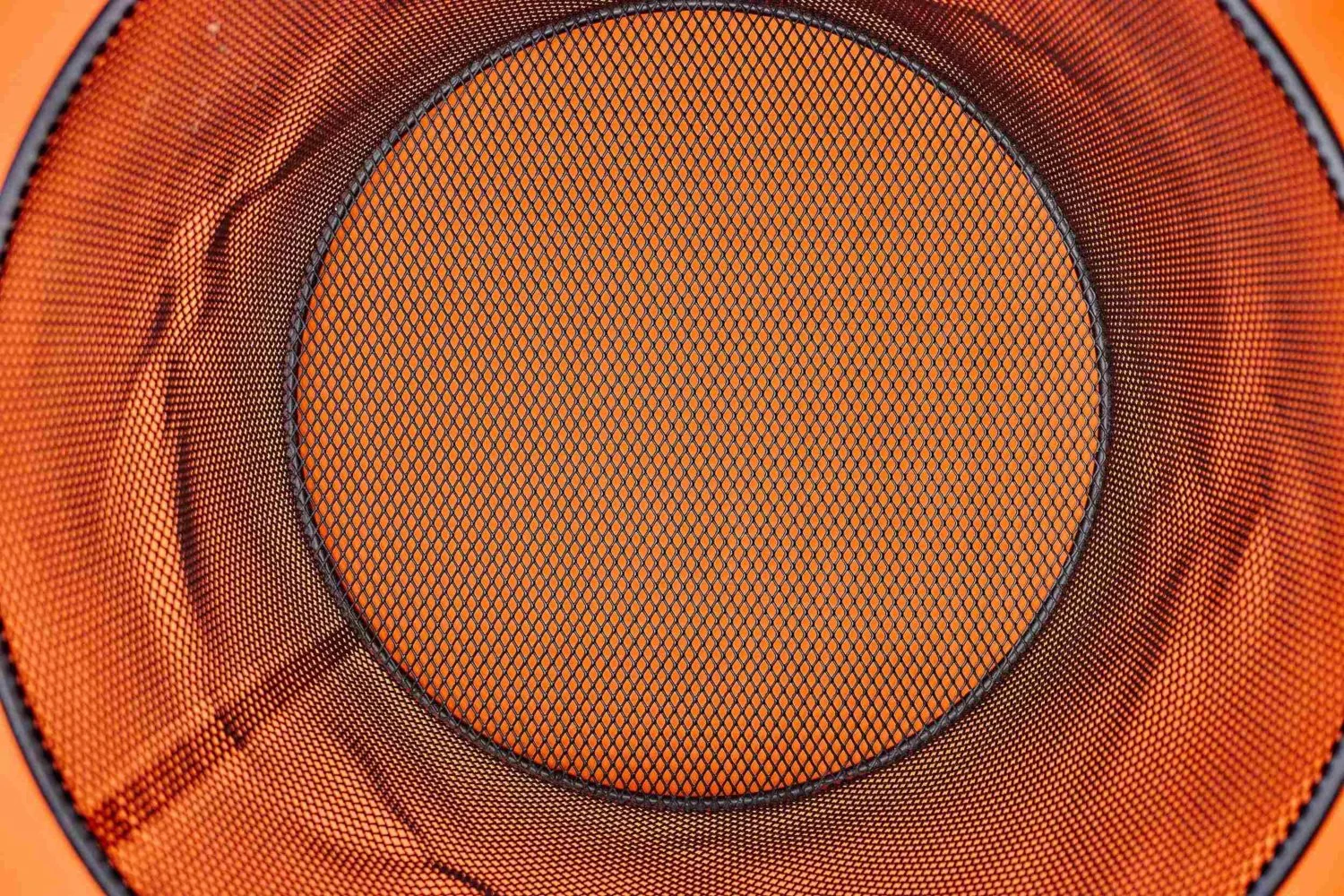THE LINEAR ECONOMIC MODEL
The underlying pattern of resource consumption in a linear economy follows the ‘take - make - dispose of’ pattern.
Raw materials are used to make products sold to consumers, who discard the product when it doesn’t serve its purpose anymore or isn’t to the liking of the consumers’ taste anymore.
All so-called ‘waste’ that accumulates during the life cycles of the products (i.e., between production and disposal) is thrown away. This leads to significant losses of value and negative effects along the material chain.
A CHANGE IN DIRECTION
Still, most of our consumer goods are produced in a linear way.
However, various more sustainable approaches are on the rise. The currently most dominant economic models are “restorative and regenerative by design, (…) and redefining products and services to eliminate the concept of waste whilst minimising negative impacts (…)”. (GIZ, 2019)
They contribute to reducing the demand for natural resources by promoting more sustainable production and consumption patterns.
Here are two of them Cradle to Cradle → or Circular Economy →.
LEARN MORE
Check our sources: Bibliography →








